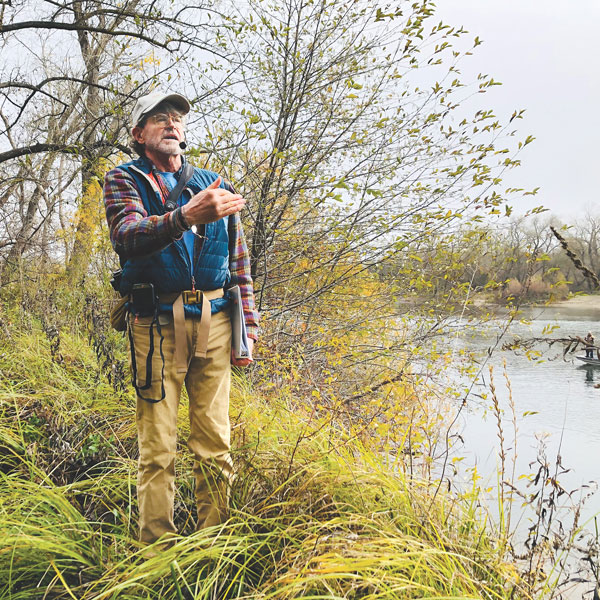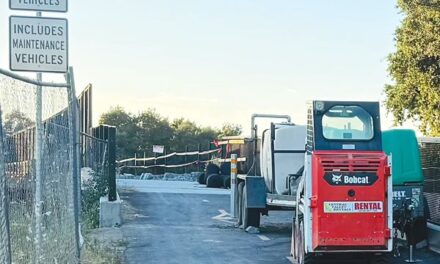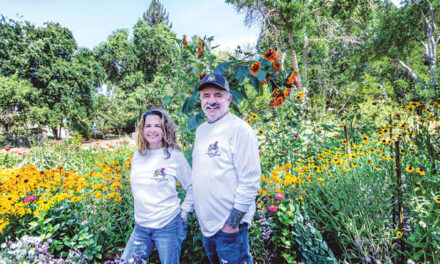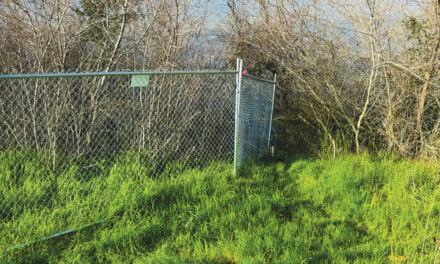Walk the dirt trail along the lower American River. Underfoot is cobble, buried in soil and held in place by decades-old tree roots.
Added in the 1950s, the smooth stones have protected the riverbank from erosion for more than seven decades. Cobble is a far cry from riprap, large angular rock and rubble used to protect shorelines.
“Cobble is very effective and still holding in place,” says Bill Avery, a biologist and Sacramento State professor. “Roots plus cobble are almost invincible. You’ve got extremely powerful erosion protection.
“It does not need to be covered with angular riprap exploded out of a quarry.”

Yet riprap is what the U.S. Army Corps of Engineers plans to use in its latest erosion-control work, Contract 3B, along the American River from Howe Avenue to east of Watt Avenue.
After hundreds of trees and miles of riparian habitat are destroyed, tons of jagged riprap will be deposited along the banks and into the river.
Trees, including 300-year-old heritage oaks, will be demolished to allow access ramps for trucks carrying riprap and bulldozers to push the rubble along. The river’s south and north sides will be fenced off for equipment staging.
“The primary reason for extensive tree removal is to make room for the massive equipment to transfer loads of large, jagged quarried rock to the project sites,” says Candice Heinz, an environmental scientist working in water resources.
Avery and Heinz are part of American River Trees, a citizens group calling on the Army Corps to deploy a more targeted, less destructive approach to erosion control.
“Some of the areas do have erosion that needs to be addressed, but there are other ways to address it without being so destructive,” says Pete Spaulding with American River Trees.
Instead of mass destruction, the group calls for “spot fixes.”
Spot fixes entail digging out areas where erosion has occurred, filling in the trenches with cobble and soil, and adding vegetation. “That will easily—not just maybe—but easily withstand the flows that can be expected at that 200-year flood event,” Avery says. “You certainly don’t need to take out an entire bank and all the mature trees.”
Spot fixes can be made using smaller equipment and creating pathways that don’t require bulldozing trees with roots that stabilize the riverbank. “One of the most important and viable design adjustments could be to use smaller construction equipment,” Heinz says.
The Army Corps’ plan calls for riprap extending 20 to 25 feet into the water and topped with “planting benches” that will take years to mature and will likely wash away with high flows. The Corps’ erosion-control work by Campus Commons and Sac State left a barren landscape with planting benches already failing.
The American River Parkway receives 8 million visits and generates $365 million each year. Yet fenced off access and jagged riprap will significantly impede recreation. “You don’t want to land a boat on it. You don’t want your kids to walk on it,” Avery says. “It’s extremely dangerous.”
For more than a year, parkway advocates, community organizations and government agencies have called on the Army Corps to redesign Contract 3B using new engineering approaches.
“We’ve looked at the models, we’ve looked at the data, we’ve looked at other techniques that can be used to control erosion, and we think there is a better way,” Spaulding says.
Yet American River Trees reports efforts to engage with the Army Corps have gone nowhere. There has been little to no public outreach, no community involvement in the planning process. Spaulding says requests to walk the parkway with Corps engineers have been ignored.
County Supervisor Rich Desmond disagrees with residents seeking less destructive alternatives. He says the Corps erosion-control project is “essential.”
In a response letter, Spaulding writes, “This project is not about the flood channel capacity for a 200-year storm. It is to stop potential erosion in a few areas, yet much of the entire habitat is proposed to be destroyed without a chance of replicating it to its original condition.
“Alternatives are not being fairly discussed with the community in a genuine exchange of information.”
The Army Corps has delayed Contract 3B until 2026 while it reviews more than 1,900 public and agency comments. However, vegetation and tree clearing begins this fall. For information, visit americanrivertrees.com and spk.usace.army.mil.
American River Trees will hold “Walk for Wildlife” on Sunday, May 4, from 9:30 a.m. to noon along the American River Parkway. For location information, visit americanrivertrees.org/events.
Cathryn Rakich can be reached at crakich@surewest.net. Follow us on Facebook and Instagram: @insidesacramento.
















